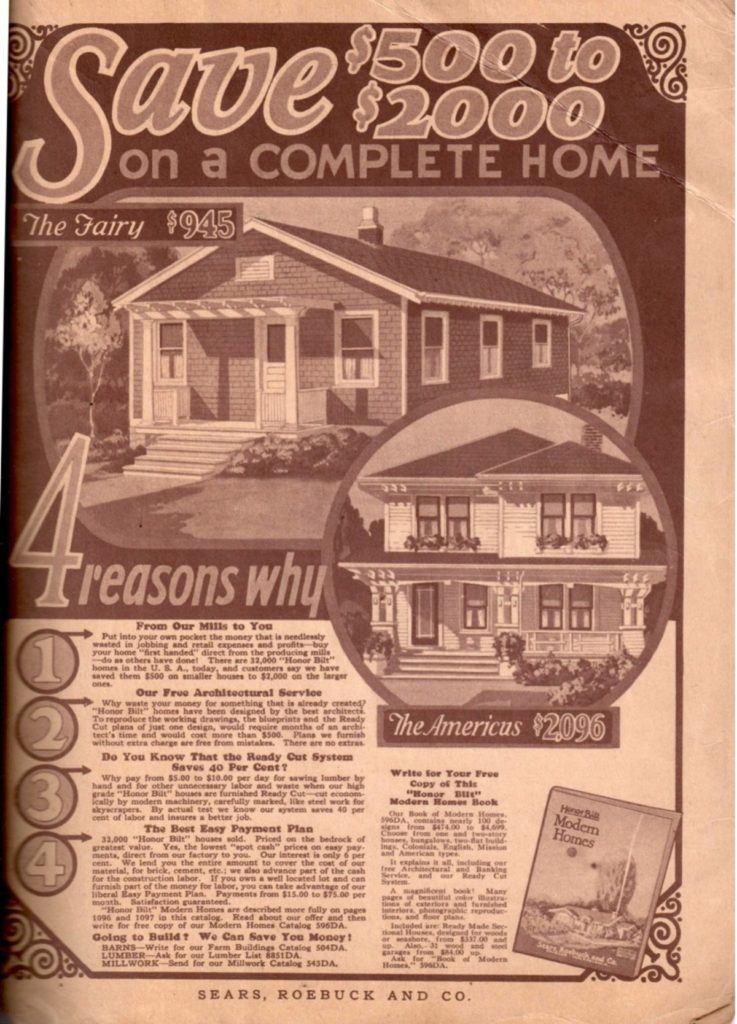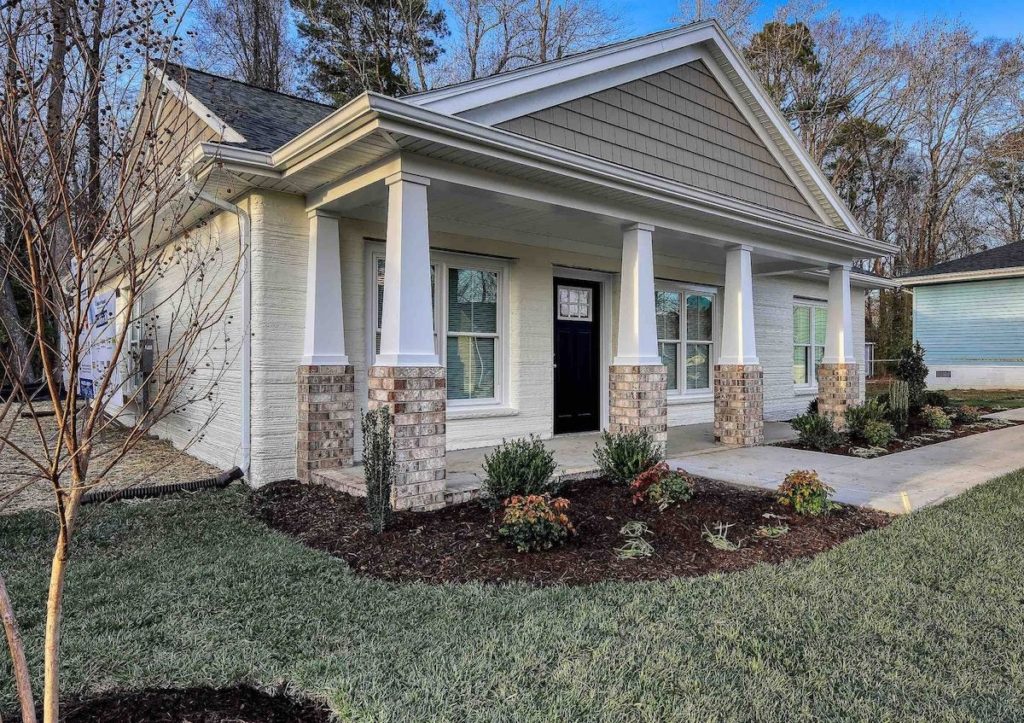Sign Up For My Newsletter
Sign up with your email address to receive a monthly newsletter with exclusive content on all things food and architecture!
Published by: SM Graves Associates: https://www.smgravesassociates.com/2021/12/22/home-again/
As the holidays come upon us, and Americans begin the frenzy of Christmas spending, it’s easy to reflect on our country’s issues. One of the more pressing matters that comes to mind is the extreme difficulty for younger generations to buy a first home. Even with a higher-than-average income, it’s often impossible to swing it.

This issue is difficult to discuss without a book length analysis, hefty research, and superior insight. However, it is possible to scan the issue from a bird’s eye view and realize that something is amiss. This article is for purposes of creating a discussion, not to analyze years of architectural history and economics.
Over the last decade, the median home price rose approximately thirty percent, while incomes only increased eleven percent. Over the past fifty years, the difference is much more noticeable. Home prices have increased to 118 percent since 1965, while household income has only increased by fifteen percent.
In the past, vast advances in building technology, timing, circumstance, and the drive to suburbanize led to the building of affordable housing stock in the United States.
The invention of balloon framing in the 1830s (a system that uses many lightweight vertical wall members called studs as opposed to fewer supports called posts), revolutionized the housing industry. This resulted in home construction at lower costs and didn’t require specialized labor skills. Not long after, many families moved out of “dangerous, polluted” cities, to “fresh, open, green spaces.” These movements lasted from the mid 1800s well into the 1950s.
As a result of this new technology and cultural shift, many early catalogue companies in the 1900s offered prefabricated housing kits, which influenced middle and upper-middle class neighborhoods.
Sears, Roebuck and Co. started offering these kits in 1908. They were available in 447 different designs, ranging from the grand “Magnolia” at a cost of five to six thousand dollars to the humbler, yet popular “Winona”, costing from seven hundred to two thousand dollars. Sears gave the promise that: “We will furnish all the material to build this [house design].” All the parts arrived precut and ready to assemble. From 1908 to 1940, Sears sold between 70,000 to 75,000 homes.
In the mid 1900s Le Corbusier, Frank Lloyd Wright and other prominent architects were laying the foundation for communal housing. L’Unité d’Habitation in Marseille, France, built in 1947, was one of the first multi-family residential housing projects, and housed over 1,600 residents. This idea of affordable housing for all later took hold in the United States. Soon, massive, urban housing developments shot up around the country.
Today, for several reasons, our country is not pushing to build affordable starter homes for middle class income brackets. For one, we are no longer as new of a nation. In the 1950s, our nation was still expanding. Cheap lots were purchased inexpensively and created into affordable middle class housing developments. By now, the land has been bought up and built upon. The demand for land and homes has skyrocketed, leading to increased pricing.
There are so many more factors that are causing this massive rift between income and housing prices, as well as inaccessibility of housing. Inflation, economic factors, government policy, and a lack of land and materials are a few factors causing this rift. It would be impossible to hash all these out here.
Furthermore, we can say that the issue is not as much about general affordability as it is affordability in areas where families can generate income. Areas in northern Maine are extremely affordable for example, but what are the benefits to new families? Affordability is an issue where people need to be to able raise a family, access healthcare and make a living. In desirable areas, there is affordable housing, and that is great! However, a lot of people don’t meet these income brackets. It is important for those in charge to take a deeper look at the struggling middle class, and how we can better address this housing crisis.
Another reason for the wide discrepancy between housing prices and income is that there have been no new revolutionary construction achievements in the last 20 years. While we have figured out how to make a million-dollar building “LED certified” along with other great environmental advancements, this unfortunately only raises the prices.
One industry that does look promising is the 3D Printing of homes. Companies like ICON can “print” up to four houses in twenty-four hours. While they have been working on projects for low-income groups, this technology has the potential to also help middle class America.

We should question this idea though. These companies make a lot of promises such as, “3D printing will revolutionize housing technology…” There is the question the cost of the “secret materials” like Lavacrete and Volcon. Will the nature of the market demand drive up the price of these “inexpensive” materials also? Let’s just say to their promises: We’ll believe it when we see it.
There are currently many questions related to housing for politicians, policy makers and developers. For example, is there an issue with building starter homes for developers? Is there not as high of a return for suburban developments anymore? If so, why can’t the government incentivize developers to make reasonably priced housing developments like they do for low-income housing? Hopefully we figure this out sooner rather than later, for all our sakes.
Sign up with your email address to receive a monthly newsletter with exclusive content on all things food and architecture!